Interactive floor plan: Lagar do Marmelo, Portugal
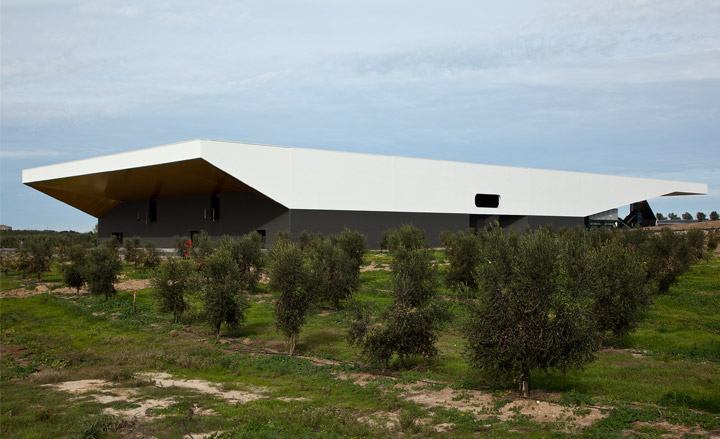
Lagar do Marmelo is a recently completed olive-crushing facility by Ricardo Bak Gordon, the architect who is least obviously representative of the 'Portuguese aesthetic', of those who formed the delegation to the 2010 Venice Biennale. It is the latest addition to the growing array of meaningful contemporary architecture clustered in the up-and-coming bucolic Alentejo region, tucked between Lisbon and the notorious Algarve.
The facility is also the most recent chapter - and the first major architectural statement - in the freshly invigorated Portuguese olive oil sector, following on the heels of Michael Young and Base Design's packaging for the re-launch of the Herdeiros Passanha labels in 2008. This followed the rise of a handful of traditional estate owners turned small-scale producers of high-end olive oil in distinctive groomed packaging reminiscent of the wine sector, still worming their elitist way below the radar.
Billed as a state-of-the-art mill with a green streak, Lagar do Marmelo is something of a marketing coup for Portuguese food group Sovena, which boasts a second-place position in global olive oil production and also lays claim to owning the largest olive tree field on the planet in 2010. Bak Gardon's design is a charming take on fanciful industrial exuberance, designed to be read as a strong statement from a distance but, countering first impressions, becoming more interesting as one approaches.
Featuring Bak Gordon's typically fair proportions, the facility goes a step further with the architect's ongoing exploration of twin finishes to divide building facades horizontally - in Lagar do Marmelo he uses different materials. The construction is laterally severed just below the middle of the façade, with a white top finished in cement boards sitting above a prefabricated concrete base. Set on a strip of the site that was dug into the ground, Bak Gordon's intention is that the dark grey base blurs with it so that the white top appears to hover over the surrounding olive trees.
The uneven covers that wrap up the contrasting longitudinal ends of the building are coated with - inevitably - olive oil-coloured alveolar polycarbonate. At night, these are illuminated from within to create a particularly dashing result on the more closed faceted side and a neat trim to the juxtaposed frank industrial façade.
Inside, Bak Gordon's usual playfulness with colours goes space age with an electric green corridor running through the administrative area on the top floor of the two-storied building-within-the-building that separates production and storage areas. Overlooking both, a tasting-room and gallery takes up the remainder of the floor, accessed through an equally seemingly misplaced but also enticing staircase of 1960's era-aesthetic.
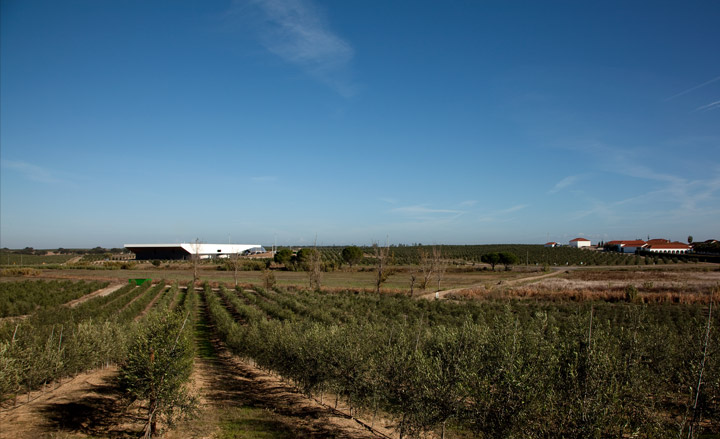
The facility is also the latest addition to the growing array of meaningful contemporary architecture clustered in the up-and-coming bucolic Alentejo region, tucked between Lisbon and the notorious Algarve
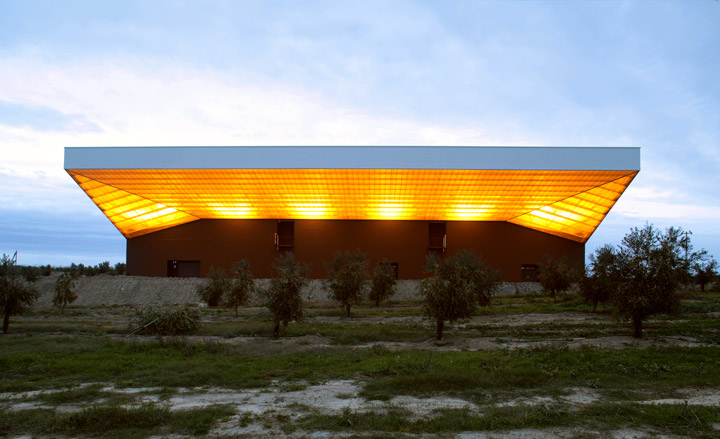
Bak Gardon’s design is a charming take on fanciful industrial exuberance, designed to be read as a strong statement from a distance but, countering first impressions, becoming more interesting as one approaches
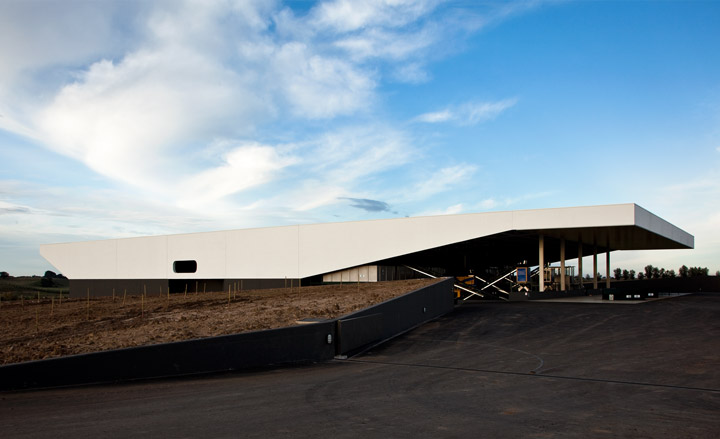
The construction is laterally severed just below the middle of the façade, with a white top finished in cement boards sitting above a prefabricated concrete base
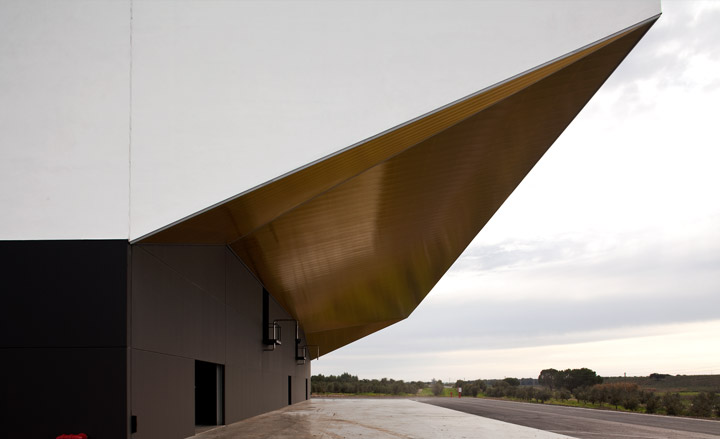
Set on a strip of the site that was dug into the ground, Bak Gordon’s intention is that the dark grey base blurs with it so that the white top appears to hover over the surrounding olive trees
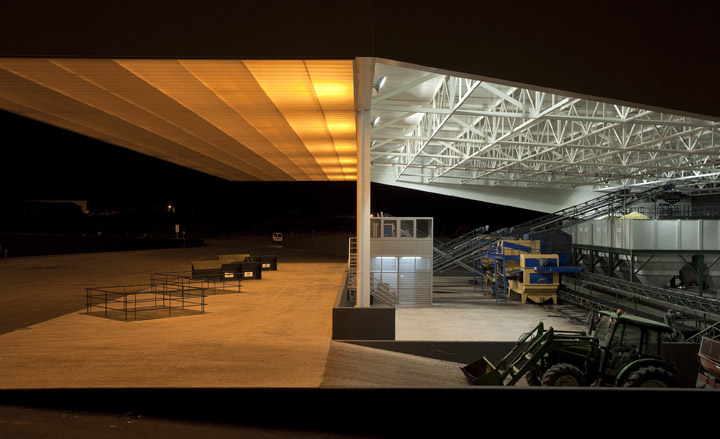
The uneven covers that wrap up the contrasting longitudinal ends of the building are coated with - inevitably - olive oil-coloured alveolar polycarbonate

At night, these are illuminated from within to create a particularly dashing result on the more closed faceted side and a neat trim to the juxtaposed frank industrial façade.

Billed as a state-of-the-art mill with a green streak, Lagar do Marmelo is something of a marketing coup for Portuguese food group Sovena, which boasts a second place position in global olive oil production and also lays claim to owning the largest olive tree field on the planet in 2010
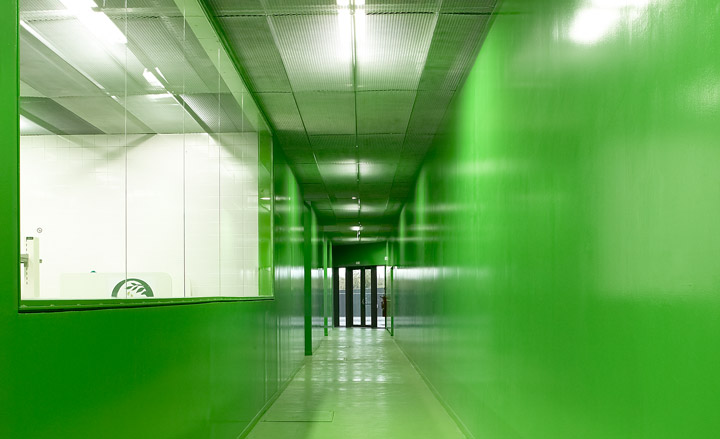
Inside, Bak Gordon’s usual playfulness with colours goes space age with an electric green corridor running through the administrative area on the top floor of the two-storied building-within-the-building that separates production and storage areas
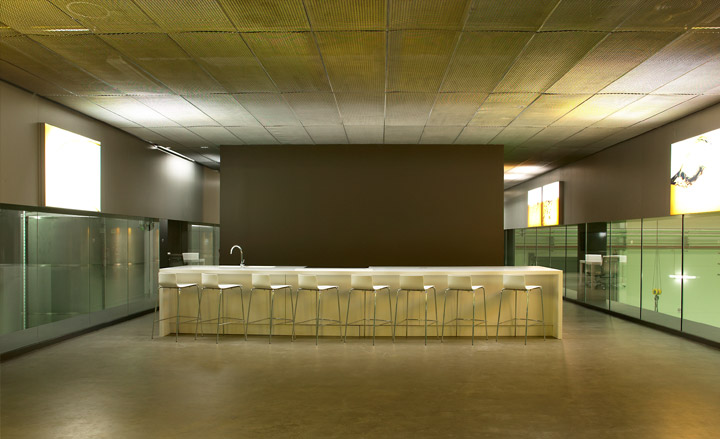
Overlooking both, a tasting-room and gallery takes up the remainder of the floor
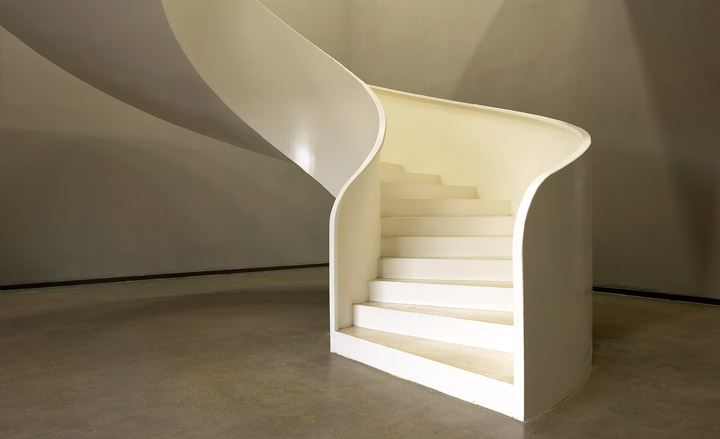
The tasting room is accessed by a seemingly misplaced but also enticing staircase of 1960’s era-aesthetic
Receive our daily digest of inspiration, escapism and design stories from around the world direct to your inbox.
-
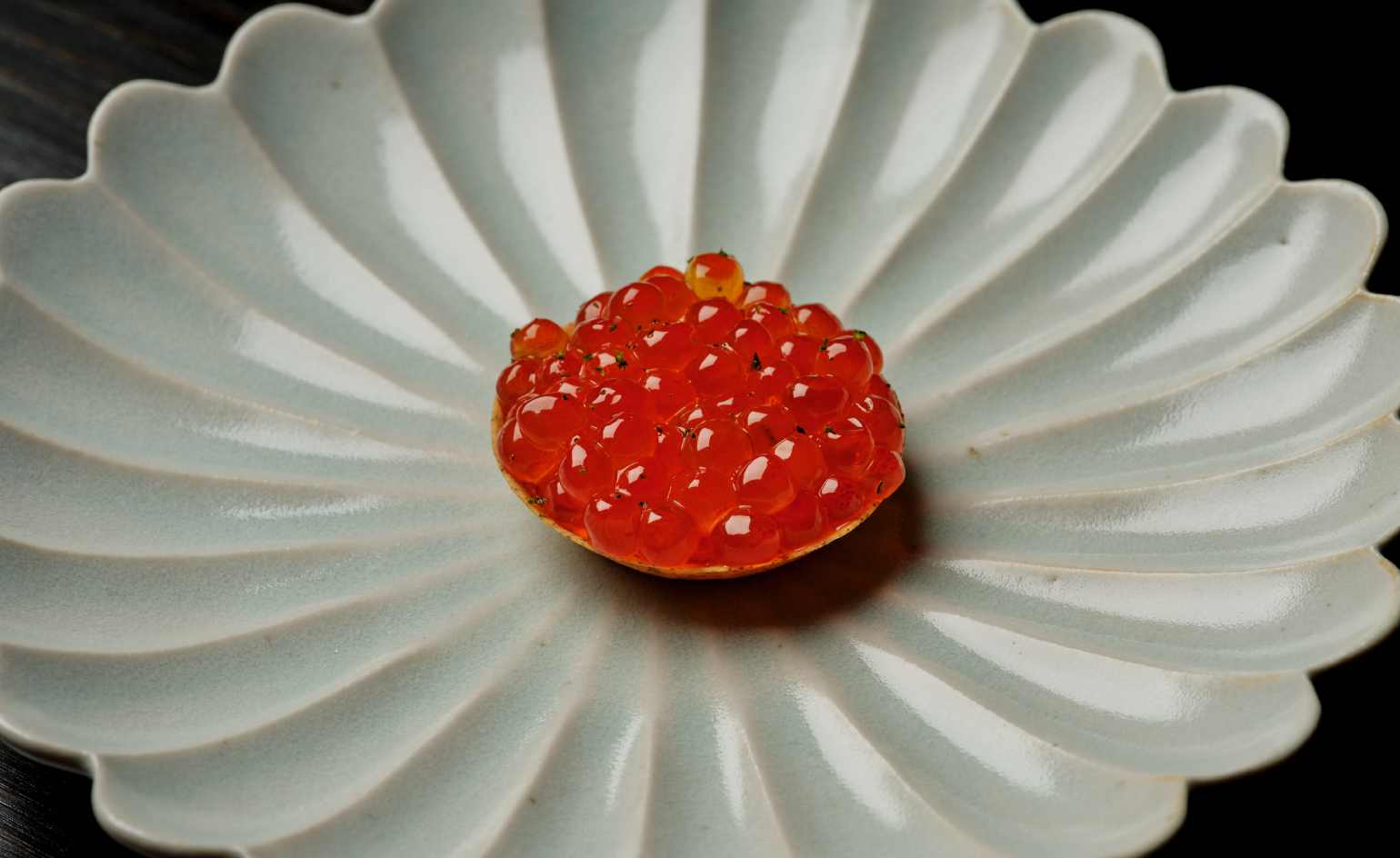 This cult Los Angeles pop-up restaurant now has a permanent address
This cult Los Angeles pop-up restaurant now has a permanent addressChef Brian Baik’s Corridor 109 makes its permanent debut in Melrose Hill. No surprise, it's now one of the hardest tables in town to book
-
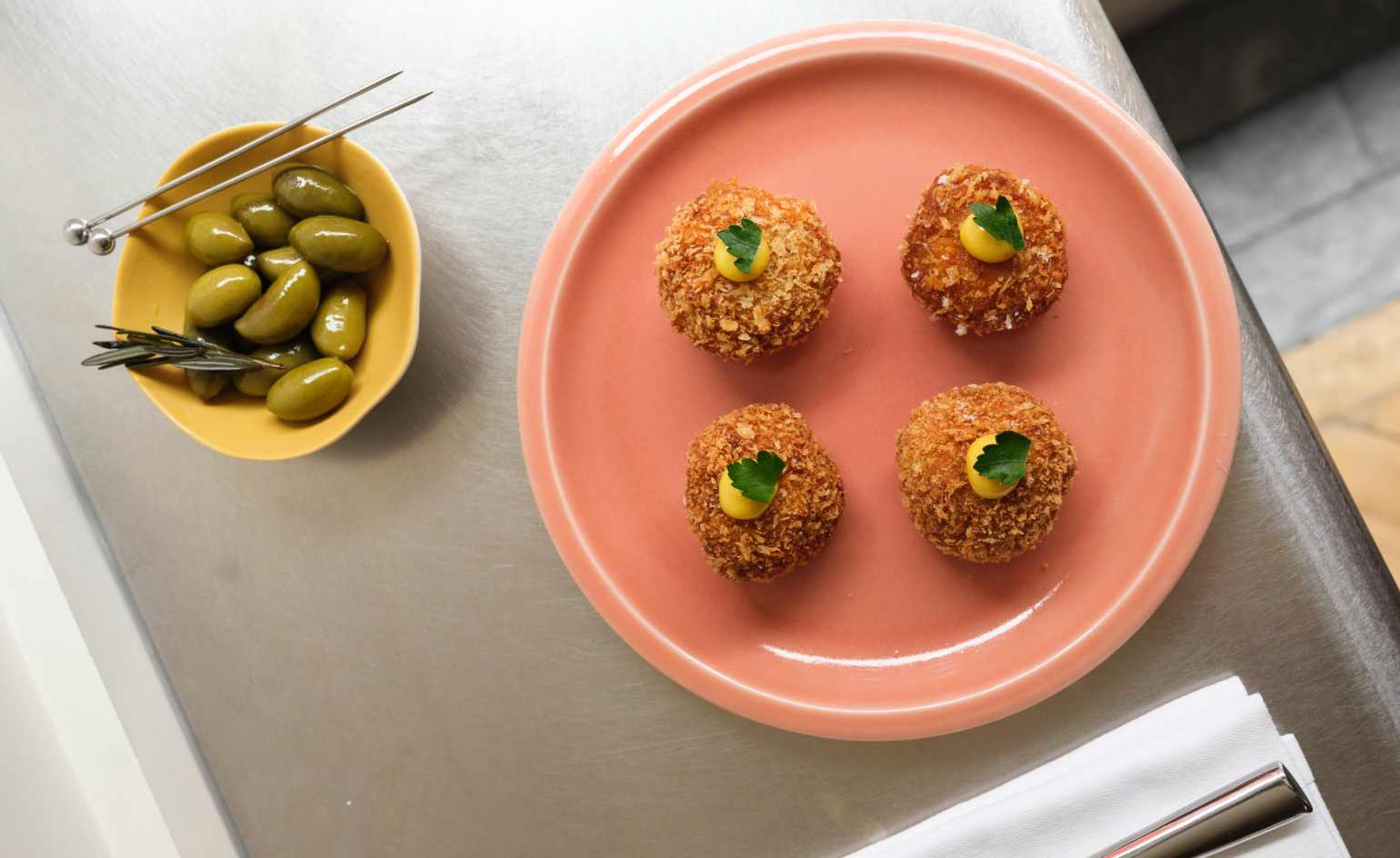 French bistro restaurant Maset channels the ease of the Mediterranean in London
French bistro restaurant Maset channels the ease of the Mediterranean in LondonThis Marylebone restaurant is shaped by the coastal flavours, materials and rhythms of southern France
-
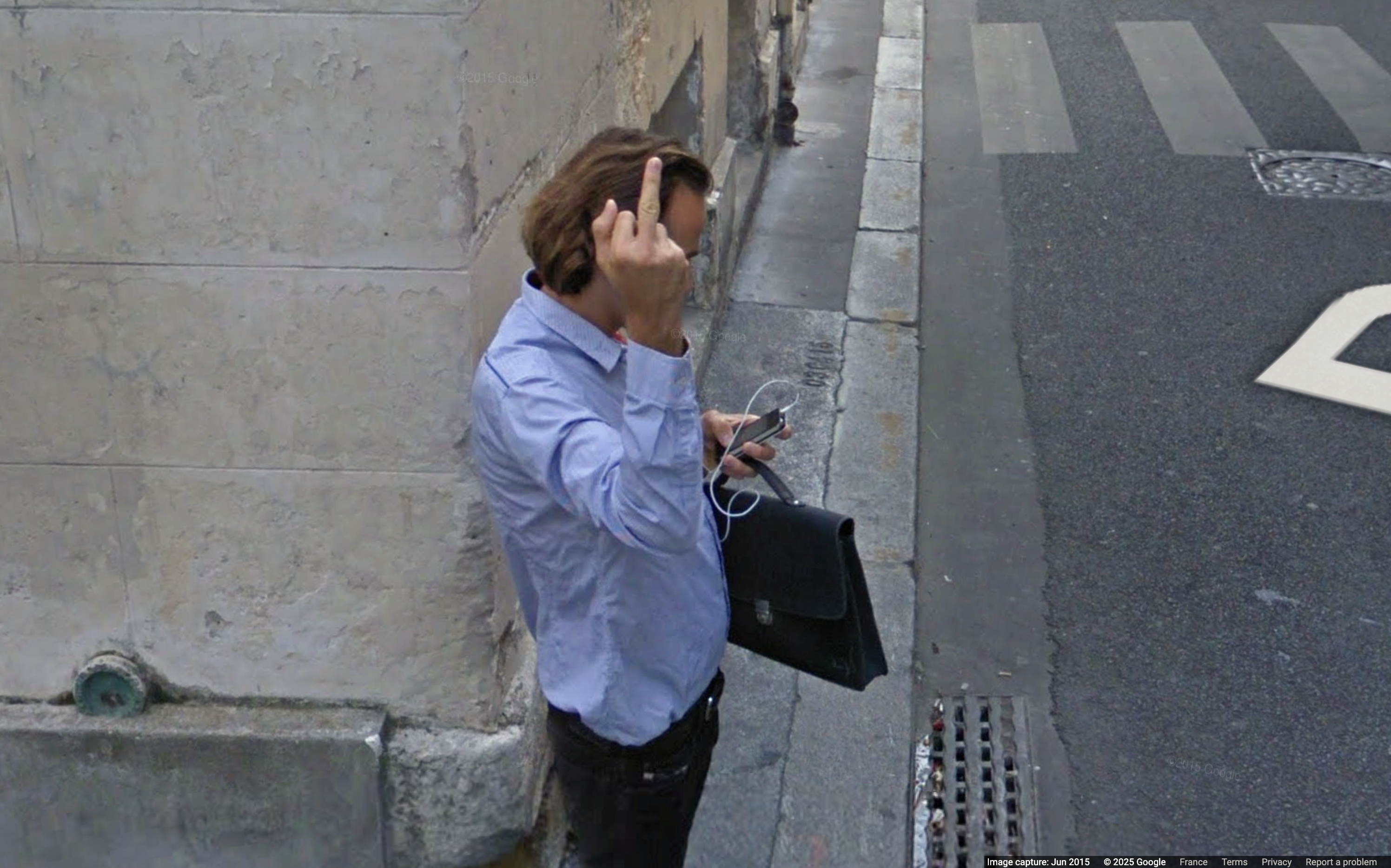 How ethical is Google Street View, asks Jon Rafman in Copenhagen
How ethical is Google Street View, asks Jon Rafman in CopenhagenIn 'Report a Concern - the Nine Eyes Archives' at Louisiana Museum of Art, Copenhagen, Jon Rafman considers technology's existential implications
-
 The Architecture Edit: Wallpaper’s houses of the month
The Architecture Edit: Wallpaper’s houses of the monthFrom wineries-turned-music studios to fire-resistant holiday homes, these are the properties that have most impressed the Wallpaper* editors this month
-
 Soothing and symmetrical, this Portuguese house is a minimalist haven for two musicians
Soothing and symmetrical, this Portuguese house is a minimalist haven for two musiciansA Portuguese house near Lisbon, built on the ruins of an old winery, Quinta do Álamo by Atelier Matteo Arnone has symmetry at its heart
-
 2025 Lisbon Architecture Triennale ponders the (literal and figurative) weight of humanity
2025 Lisbon Architecture Triennale ponders the (literal and figurative) weight of humanityJoin us on a tour of the 2025 Lisbon Architecture Triennale, exploring the question ‘How Heavy is the City?’ and our impact on the planet
-
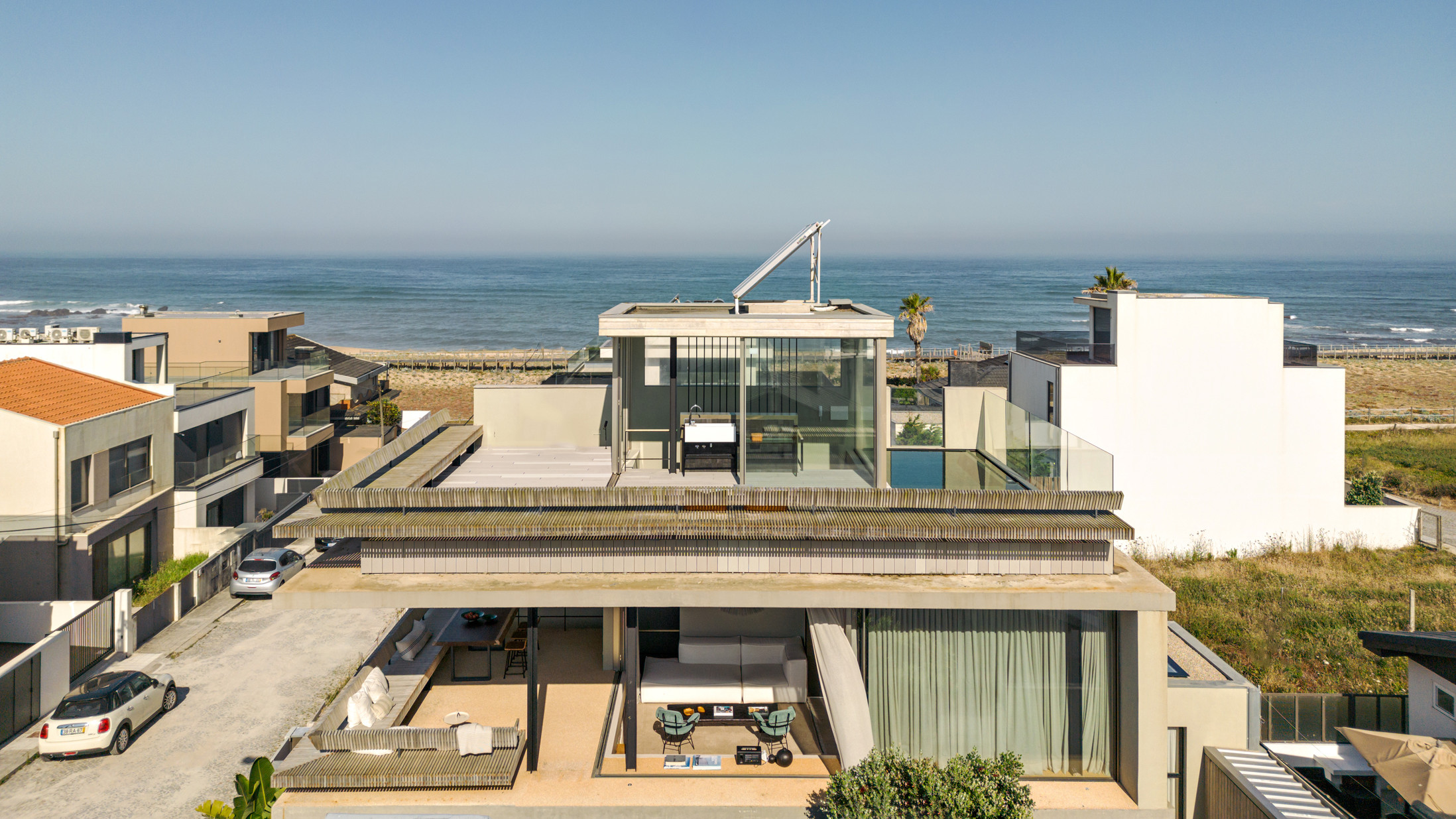 A beach house in Portugal offers up multiple layers of space for contemporary living
A beach house in Portugal offers up multiple layers of space for contemporary livingWER Studio has completed this concrete beach house on the Atlantic Coast, with opening façades and an expansive terrace
-
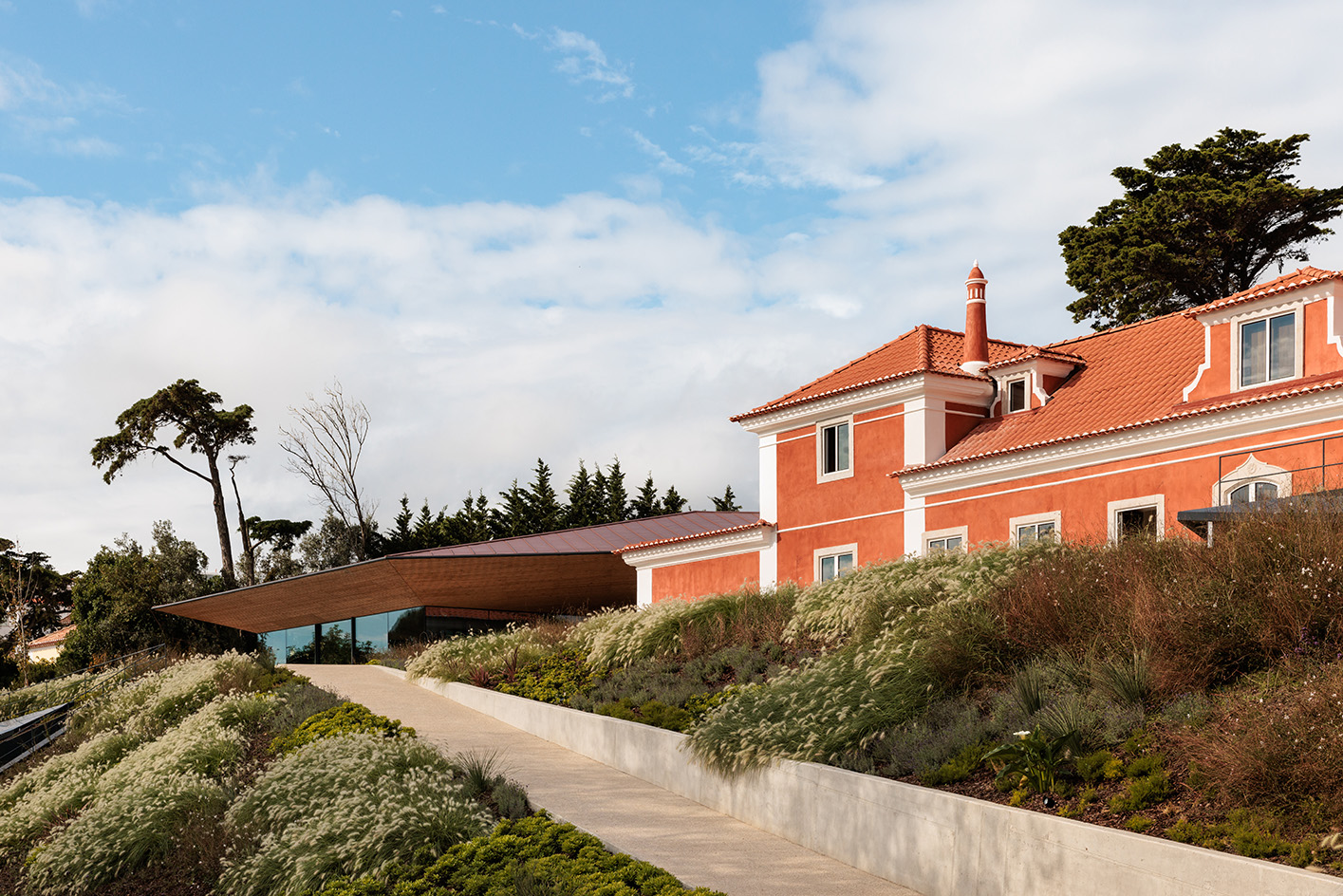 Tour the Albuquerque Foundation, Portugal’s new ceramics hub, where the historic and contemporary meet
Tour the Albuquerque Foundation, Portugal’s new ceramics hub, where the historic and contemporary meetA new cultural destination dedicated to ceramics, The Albuquerque Foundation by Bernardes Arquitetura opens its doors in Sintra, Portugal
-
 Year in review: the top 12 houses of 2024, picked by architecture director Ellie Stathaki
Year in review: the top 12 houses of 2024, picked by architecture director Ellie StathakiThe top 12 houses of 2024 comprise our finest and most read residential posts of the year, compiled by Wallpaper* architecture & environment director Ellie Stathaki
-
 Wallpaper* Architects’ Directory 2024: meet the practices
Wallpaper* Architects’ Directory 2024: meet the practicesIn the Wallpaper* Architects Directory 2024, our latest guide to exciting, emerging practices from around the world, 20 young studios show off their projects and passion
-
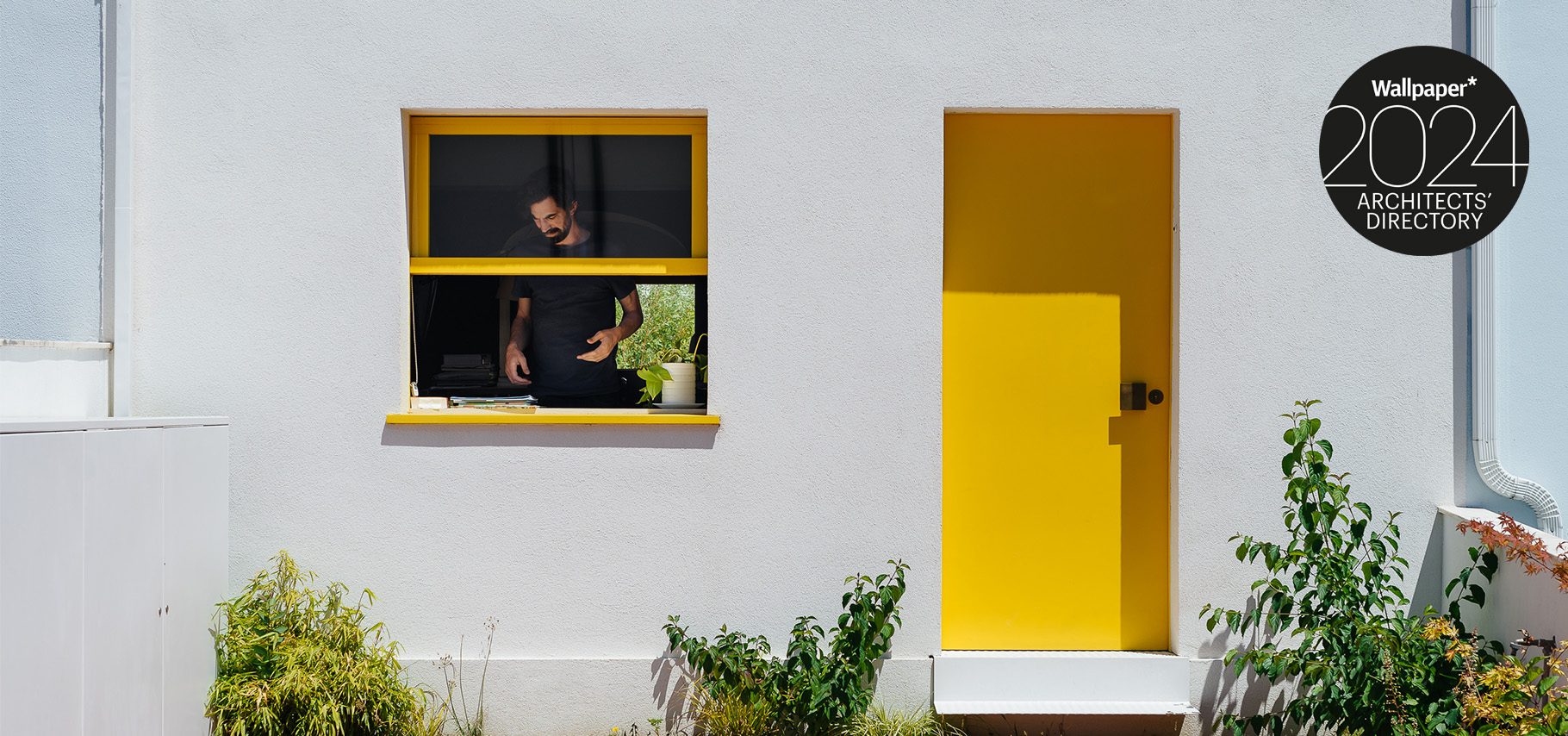 Branco del Rio's House AA8 brings a pop of colour to its Portuguese neighbourhood
Branco del Rio's House AA8 brings a pop of colour to its Portuguese neighbourhoodBased in Portugal, Branco del Rio Arquitectos joins the Wallpaper* Architects’ Directory 2024, our annual round-up of exciting emerging architecture studios